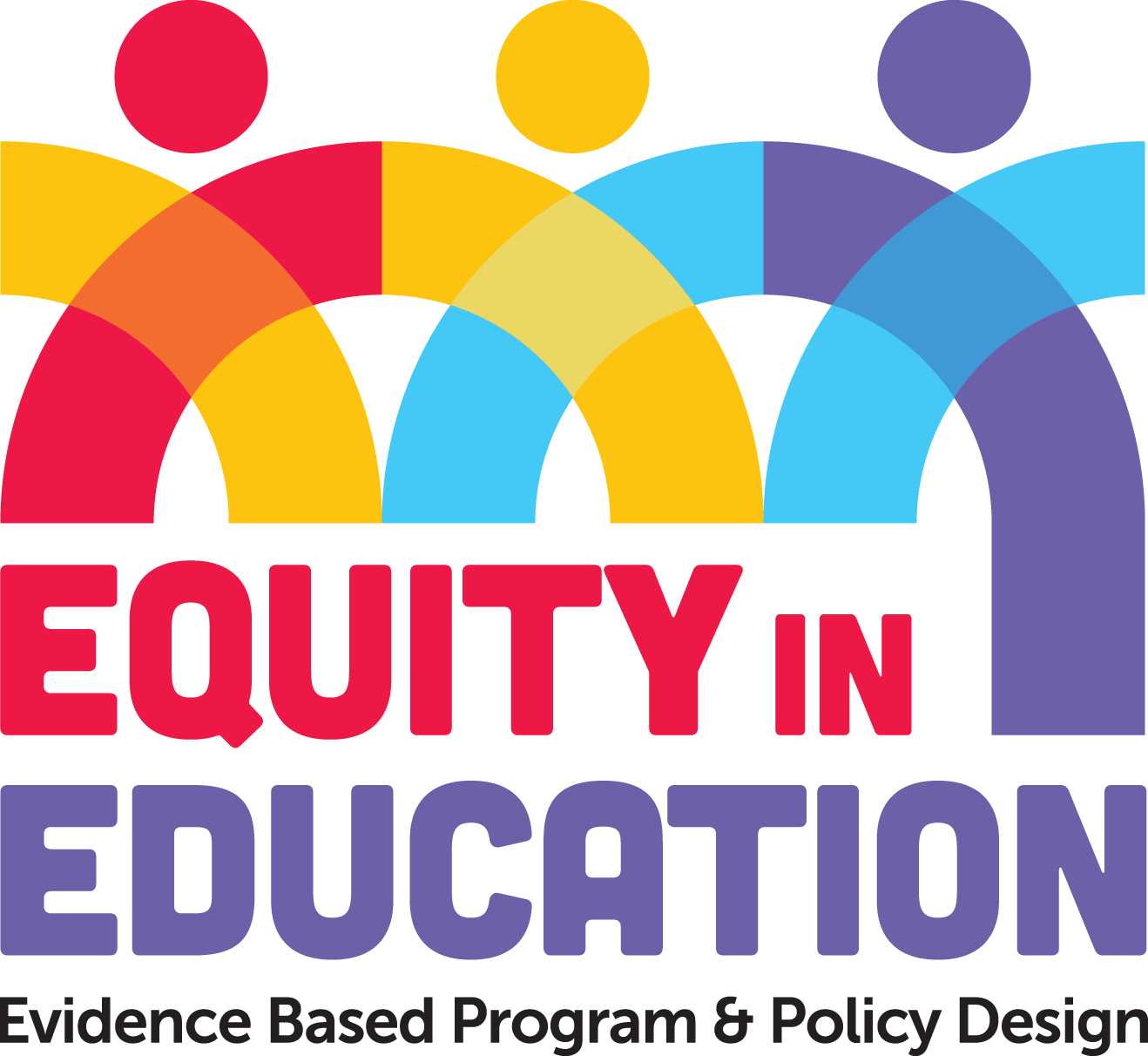A student’s decision to enrol in post-secondary education is strongly predicted by their level of parental income. A young adult from a family in the bottom income quintile is 30% less likely to attend a post-secondary institution than someone from a family in the top income quintile.
In response to these concerns, several policies and interventions have been developed to encourage the enrolment of low-income students. Surprisingly, despite large amounts of money spent on these policies and interventions, little is known on their relative effectiveness in improving students’ success
This report analyses the effects of various interventions, such as counselling and financial aid, on students’ short- and long-run outcomes. In spite of past studies suggesting that such interventions were less than successful, our analysis of SRDC’s Future To Discover project shows that at least one of these interventions—counselling—had a powerful effect on increasing both high- and low-income students’ monetary outcomes.
But the effectiveness of this winning intervention is not wholly positive. It also increased university dropout rates, suggesting that some students who were induced to enrol through the intervention failed to graduate.
More remarkably, our report has found that enrolling in community college programs offered meagre monetary returns, suggesting that policymakers and researchers need to seriously reconsider recommending community colleges to high school students until more research is conducted.


